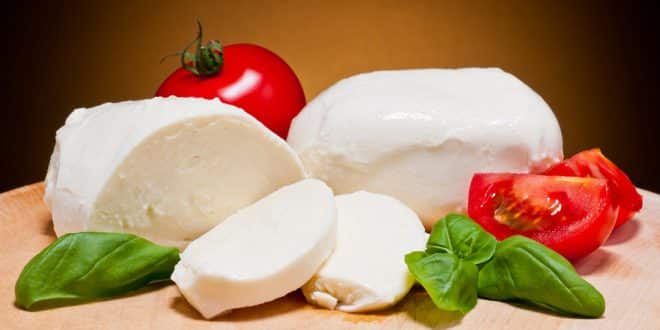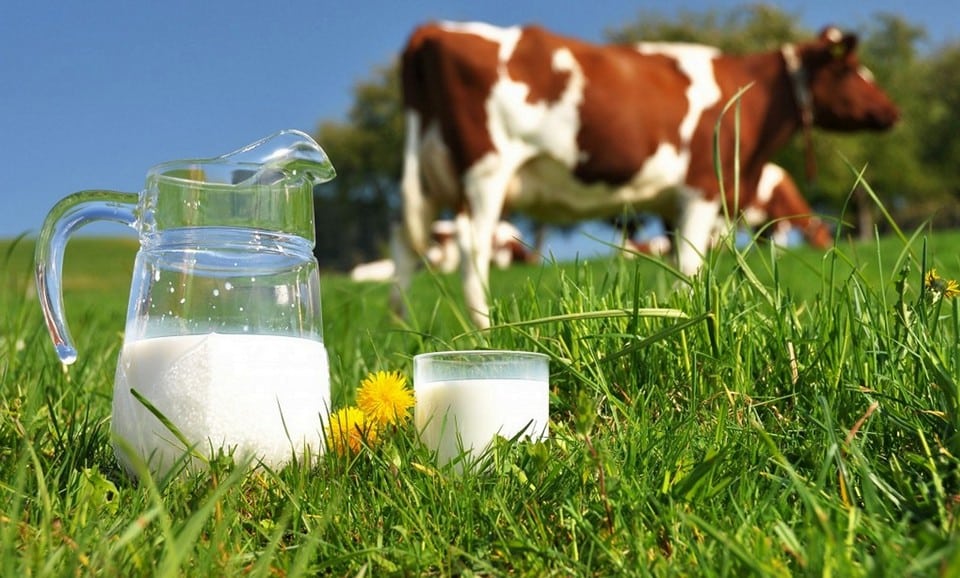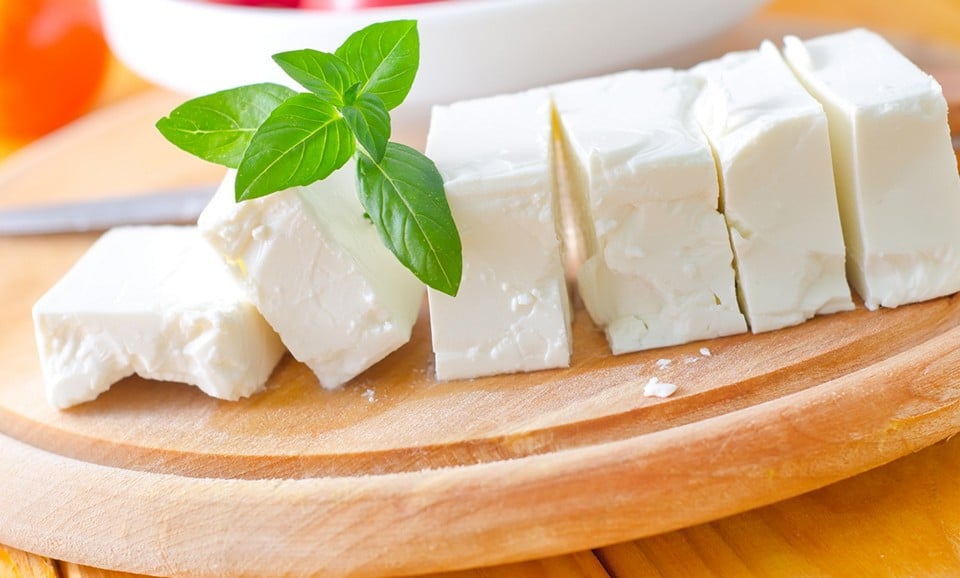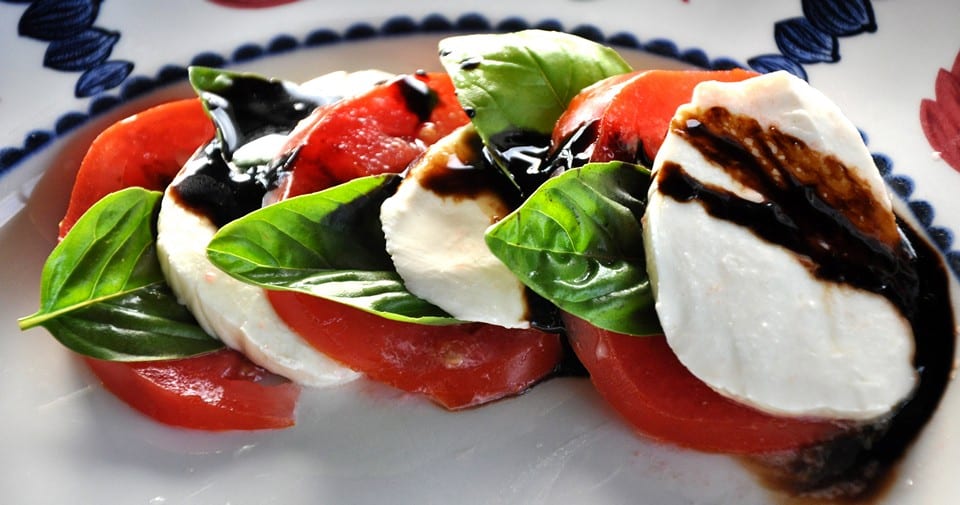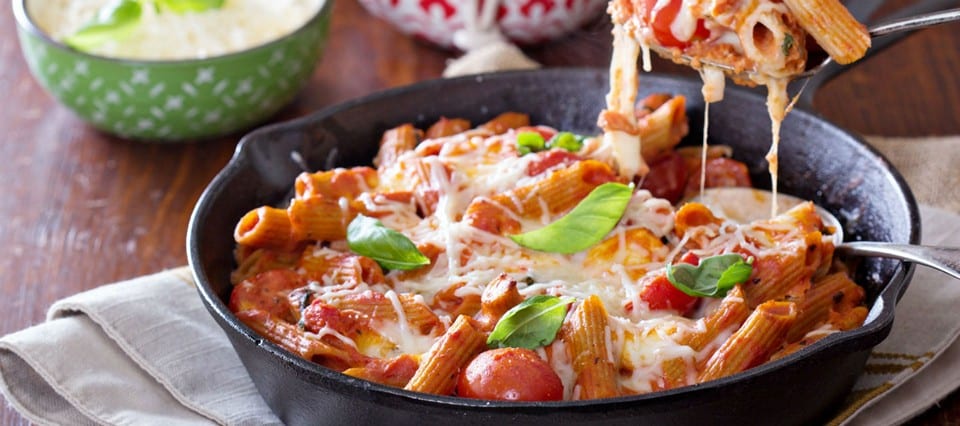Nothing is more closely associated with Italy than pizza, spaghetti, and mozzarella cheese. While pizza and spaghetti are well-known to everyone, not everyone can say a few words about mozzarella. So who is this mysterious “Italian”?
Page Contents
Origin Story of Mozzarella
Mozzarella comes from southern Italy. Even the Romans used to make this cheese at home from sheep’s milk, and in the third century, monks from San Lorenzo di Capua traditionally distributed bread and cheese to those in need, calling it “Mozza” – a shortened form of the Italian verb “mozzare,” which means “to cut off.” And that’s how the cheese got its name, mozzarella. Thirteen centuries later, water buffaloes were domesticated in Italy, and mass production of cheese from their milk began. Only in the mid-20th century, with its triumphant journey across Europe and the growing popularity among the people, did producers switch to using cow’s milk.
If the Romans managed to make mozzarella in fairly austere domestic conditions without modern kitchen equipment and the internet, why shouldn’t we dare to do it too?! So…
Recipe
There is a fascinating culinary rule: “The most extraordinary dishes come from the most ordinary ingredients!” And I must say, mozzarella is no exception to this rule.
The process is quite simple: you heat the milk with lemon juice, add rennet to separate the protein from the whey, heat it again, stir, stretch, roll into balls, and voila, you have mozzarella cheese. It’s almost like magic, isn’t it?!
Required Ingredients
To make mozzarella, we will need:
- 4.5 liters of milk
- 300 ml of water
- 1.5 teaspoons of lemon juice
- 0.25 tablet and 0.25 teaspoon of rennet
1 teaspoon of salt
In the end, we will have 0.5 kg of cheese and it will take us 30 minutes.
Mozzarella is not picky and doesn’t require a specific type of milk (it can be skimmed, cow’s, or goat’s milk). Of course, the ideal option is grandma’s rustic milk.
The main condition is that the milk should not be pasteurized! Pasteurization causes the proteins in the milk to break down and lose their ability to coagulate. You can purchase rennet at a pharmacy.
Cookware and Tools
- To prepare the cheese, we will need the following cookware and tools.
- Measuring cups and spoons.
- A precise thermometer to monitor the temperature during the process.
- In the final stage, we will need a knife with a thin and super sharp blade, a microwave-safe bowl, and, surprisingly, rubber gloves.
Preparation Stages
During the preparation of mozzarella, it’s best not to engage in preparing any other dishes. This procedure doesn’t take much time, but it’s essential to give it your full attention.
- Start by preparing the lemon juice and rennet. Dissolve the lemon juice in 200 ml of cold water, and dissolve the rennet in the remaining 100 ml.
- Pour the milk into the pot and stir. Add the lemon juice and heat it up to 33 degrees Celsius while continuously stirring the mixture. If the milk doesn’t start to curdle, continue heating it to 35-37 degrees Celsius.
- At the next stage, add the rennet as follows: Remove the pot from the heat and slowly pour in the rennet while stirring the milk. Once the cup with rennet is empty, slowly count to thirty (while keeping the stirring process going), say “Stop!” and stop stirring. Cover the pot with a lid and let it sit undisturbed for 5 minutes.
- Check the content of the pot. If it resembles custard, and you can clearly see the boundaries between the curds and whey, you can proceed to the next stage. If the miracle hasn’t happened yet, cover the container again and relax for another 5 minutes.
- The curd is ready, so it’s time to grab a knife! Make several vertical and horizontal cuts into the curd, reaching the bottom of the container with the blade. The goal is to obtain a pattern of approximately equal-sized cubes.
- Place the pot back on the stove and, while stirring VERY carefully, trying not to break the cubes, heat the contents to 106 degrees Fahrenheit (41 degrees Celsius). Remove the cheese from the heat and continue stirring for another 5 minutes. Prolonged heating will make our cheese firmer.
- Next, separate the curds from the whey using a slotted spoon lined with several layers of cheesecloth. Transfer the resulting curd to a microwave-safe bowl and heat for 30 seconds. While the cheese is heating, put on gloves to avoid getting burned. Check the temperature with a thermometer, it should reach 140 degrees Fahrenheit (60 degrees Celsius) (if you see a lower temperature on the device, repeat the heating process).
- Now gently stretch what remains of the cubes and start shaping them into one large ball or bite-sized mozzarella balls, squeezing and rolling the mass in your hands until it becomes shiny.
- Then add salt to the cold whey, place the balls into it, and refrigerate for storage. The leftover whey can be used when baking bread or buns, replacing water in the recipe. It will give the baked goods a special softness and lightness.
When making cheese, a large amount of whey is produced (approximately 3.5 liters). We don’t need that much whey for cheese storage. Therefore, the leftover whey can be used when baking bread or rolls, replacing the water in the recipe. It will impart a special softness and lightness to the baked goods.
How to Enjoy Mozzarella Cheese
Mozzarella cheese is exquisite on its own as well as in salads. It pairs perfectly with tomatoes and basil in a Caprese salad.
Don’t forget about mozzarella when making pizza. The cheese will give it an unmistakable Italian taste.
And of course, what’s pasta without mozzarella? Cook some spaghetti, add prepared shrimp and quartered mozzarella balls to it, season it with your favorite sauce, and impress your family with a unique and incredibly delicious dish.
The nutritional value of 100g of mozzarella is as follows:
- Calories: 244 kcal
- Protein: 22g
- Fat: 26g
- Carbohydrates: 1g
A brief overview of the chemical composition of mozzarella:
- Saturated fatty acids: 10.9g
- Cholesterol: 54mg
- Mono- and disaccharides: 1.23g
Now you know all the secrets of this “Italian.” I hope the simplicity of preparation inspires you for another culinary adventure. Cook with love and curiosity.
 Italy for me From Italy with love
Italy for me From Italy with love

